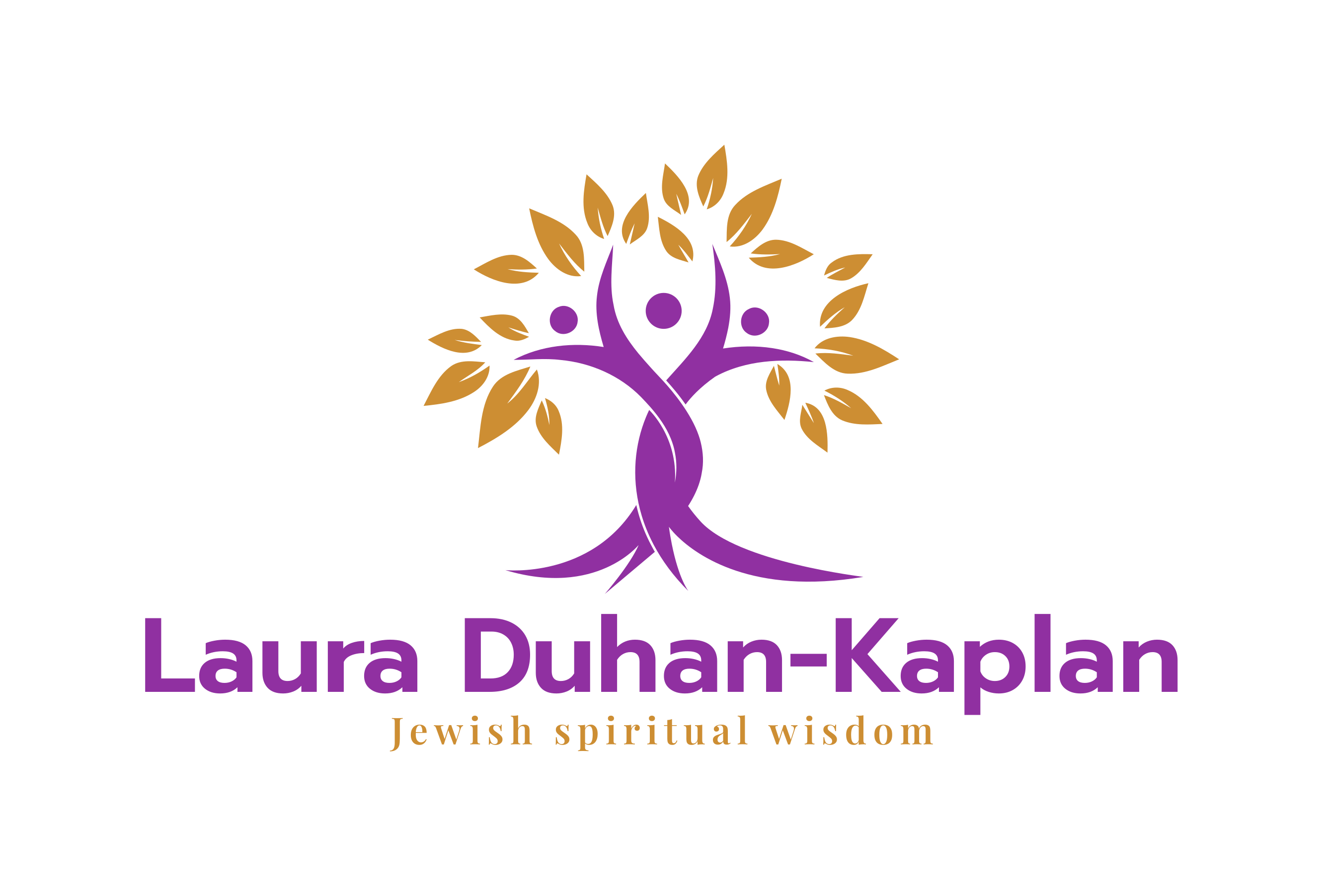
Mouth of the Donkey. Vancouver’s Jewish Book Festival invited me to introduce it with a 5-minute “literary quickie.” So, here’s what I said.
I did not bring any slides with me today. It’s true that I have a lot of great photos of me holding cats and birds and bunnies and snakes and scorpions and tarantulas. But I don’t think you want to see them. (However, you, blog reader, can look here if you dare.)
But over the years of hanging out with these friends I learned a lot about how to communicate with them. Like how to greet a parrot. How to ask a cat a question by looking at the cat, and then looking at the thing I have a question about. Or how to tell a calm wasp which way to go with a calm hand gesture.
Now, I’m not scientist. And I’m not a farmer. I’m just an ordinary city person who looks at things and listens to things and…talks to them. So I learn a lot.
And the more I learn, the more I see the great animal stories in the Torah and the Tanakh (the Bible) in new ways.
For example…I learned about snakes. And I realized the snake in the garden of Eden is just trying to educate baby human Eve about how to live. Unfortunately, he tries to teach her how a snake lives. And that’s just not right. So God separates the snake from the humans, and then lectures them about the sad realities of human life.
Then I learned about sheep. And I realized that the story of Jacob and Esau and Rachel and Leah can also be read as the story of a flock of sheep. Then, I realized that the original audience for the story surely would have known this. So, they would have laughed with delight!

And then, I learned about donkeys. Donkey stories are all over the Tanakh. Donkeys are clearly revered as spiritual guides. Almost every donkey story is about a person has a problem. The person sets out to fix the problem. But they do not know where they are going, or what exactly they are going to do when they get there. So, they saddle up their donkey and ride. And then they find a solution. There’s only one story about a person too arrogant to listen to their donkey—Balaam. So, to get his attention, the donkey has to open up her mouth and speak to him in Hebrew.
Obviously, I named the book Mouth of the Donkey after her.
Of course, these are weird interpretations of Torah stories. In fact, I have never read them anywhere else. But I followed traditional techniques of midrash (Torah scholarship), the same ones the classical rabbis use. My interpretations all affirm basic Kabbalah teachings about the presence of God in all creation. And they’re also in harmony with Indigenous teachings about how to live well on the land.
So, when you read the book, you’ll enjoy the real-life stories about animals. But you will also enjoy the way the animals lead you to some of Judaism’s most profound teachings.
Buy the book Mouth of the Donkey!
